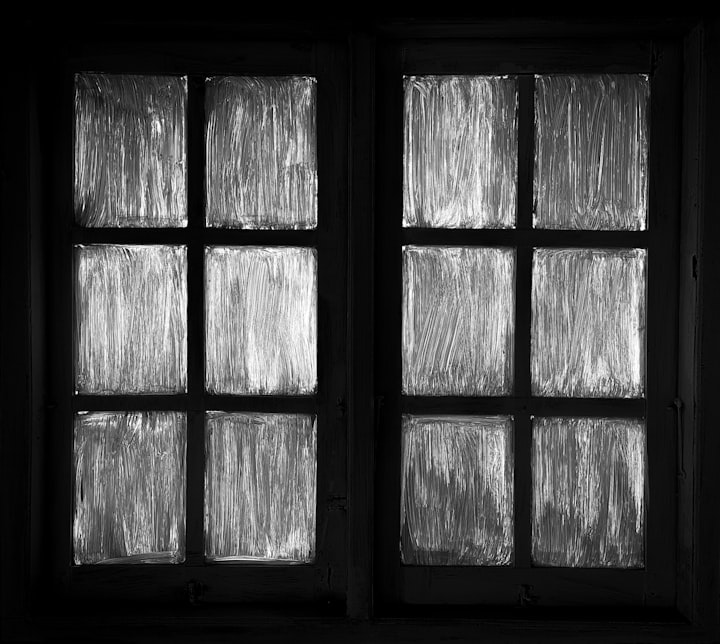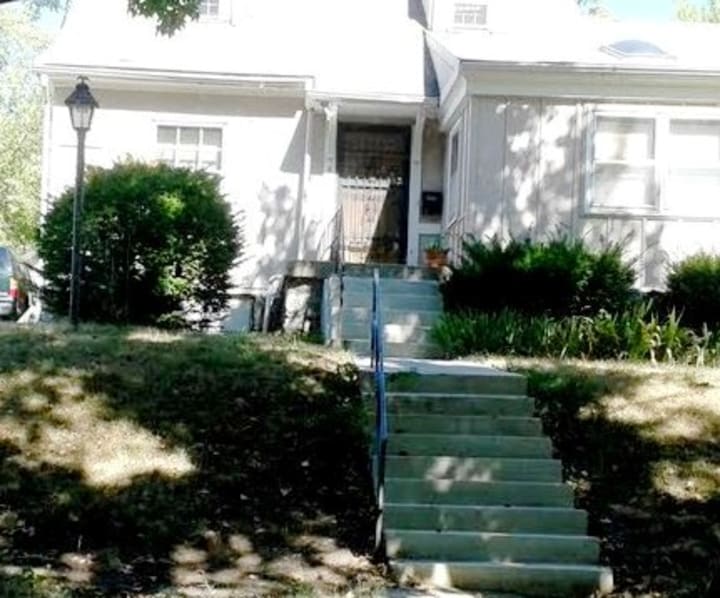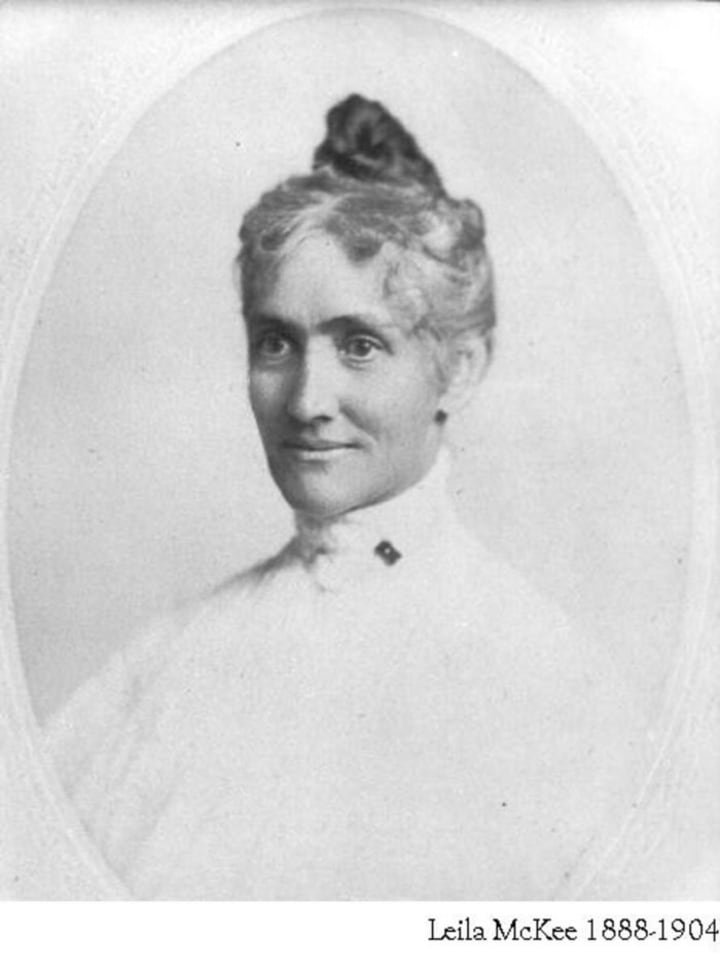Who Killed Leila Adele Welsh?
Ann Rule: 'I always want to give the victim a voice'

This is about a victim who endured a brutal death occuring during the early morning hours of March 9, 1941, in Kansas City, Missouri. After nearly 81 years, her case remains unsolved. I have been researching and writing her story for a decade with a book on its way.
The intrigue of unsolved mysteries
Over a decade ago, I became engrossed in an article written by the late local reporter, Walt Bodine, about an unsolved murder in Kansas City, Missouri. One afternoon, I stumbled on a blog detailing facts about this event which provided me with more information on the victim’s name. In this blog, there was speculation of the possibility there could be an association between this murder and that of Elizabeth Short (also known as the Black Dahlia). I became even more intrigued. The Kansas City crime is about Leila Adele Welsh.
Readers like myself are drawn to stories about unsolved mysteries or cold cases. As I began my research of Leila’s case, I began to feel this victim was hollering from the grave. I also found it interesting that while I was writing about other life subjects, I fell into the genre of writing about this true crime.
Leila was a beautiful 24-year-old woman. A graduate of the University of Missouri-Kansas City where I also studied English Journalism. She was a teacher, a daughter, and a sister. Importantly, she was a victim who was viciously murdered to the point of overkill.
The house of the crime

Leila’s killer allegedly entered through an open and screenless window on the northeast corner of her bedroom sometime between 1:00 a.m. and 3:00 a.m. Her home is pictured above.
80 years earlier
It was 1941. Worldly news dominated the war in Europe and before the close of the year, Pearl Harbor was attacked and the decision of the United States to remain neutral would change with the declaration of war on Japan. Then-President Franklin D. Roosevelt signed the GI Bill of Rights. The pleas for arms by Winston Churchill of England were delivered and soon Adolph Hitler took complete command over the German Army.
Prior to the United States’ declaration of war, however, life was happening in the states. Under the artful direction of Orson Welles, Citizen Kane was released as well as the popular children’s animated presentation of Dumbo. Movie drive-ins became popular and music composer, Glenn Miller, recorded Chattanooga Choo Choo. The Academy Awards copyrighted the Oscar statuette and NBC Channel 3 started broadcasting out of Philadelphia. From the sports scene, the PGA established the Golf Hall of Fame, Joe DiMaggio was on a hitting streak, tennis player, Bobby Riggs, turned pro, and the Chicago Bears won the NFL Championship.
It was an era when new houses could be purchased for under $5,000 and the cost of gasoline was around 12 cents a gallon. The average annual income was $1,750 and the average cost for a new car was $850. Although television sets were on the market, a lot of them were not sold in 1941.
In Kansas City, the Supreme Court handed down a judgment against Thomas J. Pendergast and his “associates.” Pendergast was described as a political boss with dictatorial powers. Other cities also had their experiences with such bosses, but a massive clean-up process in Kansas City was undertaken from top to bottom of its corruption.
On positive news, the Jacob L. Loose Memorial Park was presented with a bronze statue by Mrs. Loose in honor of her late husband. The main entrance to this beautiful park is still located at 51st Street and Wornall Road in Kansas City and continues to be a place of beauty to visit.
In March 1941, less than 15 minutes away from Loose Park, a house still stands on Rockhill Road in which a killer horrifically took the life of young Leila Welsh. Everyone who read the newspapers learned of this crime across the country.
After 80 years, Leila’s case remains unsolved. When I stepped into this story, naturally I was curious about the home she lived in. I slowly drove down Rockhill Road hoping no one was traveling behind me because I intended to stop in front of the house to take a picture. Click, and anxiety hoping no one in the home was watching me. The house is still lived in. I even wondered if the current residents were aware that an unnatural death occurred in the home.
The victim’s personal life
Leila was born in 1917 to George Winston Welsh, Sr. and Marie Fleming Welsh. She came from a prominent family with a strong academic background rooted in Kentucky. She was a beauty contest runner up in 1937 at the University of Missouri in Kansas City (UMKC f/k/a UKC).
Leila attended a woman’s college where her grandmother, Leila McKee Welsh, had served as president. Then she attended UMKC. After graduating in 1938, she went to teach in Knoxville, Illinois. She returned to Kansas City in the fall of 1940 at her mother’s request and lived with her mother and brother, George W. Welsh, Jr. Her mother may have requested her to return to Missouri due to the fact her father’s illness was declining — once a practicing attorney, he was stricken with an illness that caused paralysis. Her father resided on property she grew up in near Lee’s Summit, Missouri. Her mother thought it best if she and the children moved closer to the university where Leila would attend.
In the early morning hours of March 9, 1941, after being out on a date with Richard (“Dick”) Funk whom she had been dating for five years (according to Wisconsin’s Racine Journal Times article dated March 10, 1941), Leila was viciously and brutally murdered.
Leila and Richard attended a police circus fundraising event and then stopped to have a drink at Hotel Phillips (still exists). When Richard brought her home, she spoke briefly with her mother.
During the night, her mother heard a thud. Mrs. Welsh got up and looked in the living room where her son was sleeping on the sofa and everything appeared fine, so she returned to bed. Interestingly, there was no mention of Mrs. Welsh ever going into Leila’s bedroom to check on her.
During the investigation, a sorority sister from college who had been interviewed stated that Leila had mentioned a man in Knoxville who wanted to marry her which Leila didn’t know how to handle. There was no mention of his name, so it does not appear he was a suspect.
Leila’s paternal grandfather & successful real estate businessman, James B. Welsh
Leila’s paternal grandfather, James B. Welsh, was born in Danville, Kentucky on March 15, 1852. After Mr. Welsh graduated from college, he was involved in a mercantile business for some 10 years in Danville. He moved to Kansas City in 1882 and by 1886, he became involved with real estate.
Welsh and E.R. Crutcher formed a partnership that would handle a lot of business transactions in the city. Welsh became the president of the James B. Welsh Realty and Loan Company and from 1897 through 1899, the business grew with additions of other businesses they purchased.
Welsh married Mary McKee and they had two sons, McKee Welsh and George Winston Welsh. After Mary died, he wed her sister, Leila McKee, in 1878 (both women were daughters of Professor James Lapsley McKee). Mr. McKee was the Vice President of Centre College, the same college George Welsh Sr. had attended.

Leila’s Paternal Grandmother Leila S. McKee
Leila’s paternal grandmother, Leila S. McKee, was born in 1858 in Kentucky. Her father, Professor James Lapsley McKee, served as Vice-President of Centre College in Danville, Kentucky. Leila’s grandmother attended and graduated from the Western Female Seminary and later served as its principal and president. McKee Hall was a dorm named in her honor. She left in 1904 and married James B. Welsh who became a real estate mogul in Kansas City, Missouri. Leila’s grandmother passed away in 1938. I also had to perform some genealogy research on the family to become familiar with their roots.
The Murder
On March 9 after Leila had returned home from her date at approximately 1:30 a.m., it’s believed the killer entered the bedroom through an open window. It’s also been speculated that the killer was familiar with the house and may have already been in her bedroom.
Leila’s body was found the next day late in the morning by her mother who was wanting to wake her up for church or for breakfast (it has been reported both ways). Before the killer had left, a dining room chair had been lodged against the bedroom door so it would not be easy for anyone to quickly get into the room. It’s more than amazing her mother didn’t have a stroke or heart attack upon discovering her slain daughter.
The details were very gruesome. She had been struck in the head by a 4.5-pound chisel hammer and her throat was so deeply cut, she was nearly decapitated. A piece of flesh had been removed from her right upper thigh. It was determined she was not sexually assaulted; she was just outright brutally murdered with what appeared to be a hate crime.
A hammer was left at the scene at the foot of her bed on a rug. As this was on the floor, this could have made the thud sound her mother heard during the night. A knife was also found right outside the window protruding from the ground. About 100 yards from the house, bloodied cotton gloves were found, and her piece of flesh was found in a neighbor’s backyard.
Leila’s brother, George (he was named after his father), was ultimately arrested based on circumstantial evidence alone. Since the family was heir to the grandfather’s real estate fortune, the police believed money was the motive.
Allegedly, too, an owner of a second-hand store claimed to have sold the knife to George. Nearly four days prior to the incident, a hardware store owner claimed to have sold the gloves to George. Prosecutors also presented evidence from her diary indicating the last entry in which the words, “broke up,” had been written and they claimed it was George’s handwriting.
According to The Kansas City Star published May 22, 1942, the crime was so brutal having occurred at a then elite address stirring Kansas City as well as the indictment against Leila’s brother. The story was national news.
On April 19, 1943, The Evening Independent out of St. Petersburg, Florida published an article by the Associated Press indicating Leila’s brother had been acquitted of her murder. The Associated Press reported her mother had testified on her brother’s behalf before an interestingly enough all-male jury. The article also reported a comment from a draft board official who said Welsh (then age 29) would receive his army induction on May 14.
The only two books I located researching this subject are Missouri Lawyer and Tom’s Town: Kansas City and the Pendergast Legend.

In the above image, the house located at the top right with the grey roof is the location of Leila’s murder. The house located at Rockhill Road was built in 1924.
Information to provide to a cold case division if you are needing help in researching a cold case
- Provide a full name of the victim including all known names;
- Provide the date of the victim’s death;
- Provide the address where the death occurred;
- Provide information that describes how the victim was killed;
- Provide any personal information such as the victim's date of birth, Social Security Number, or death certificate;
- Provide any information such as the name of any investigator you’re aware of who has worked your cold case;
- Provide information relating to any communication you have already had with any law enforcement office;
- Lastly, make sure you provide your contact information, and how you are related to the victim, if at all.
Perspective
This is a cold case where even if there were a previously unknown witness, the likelihood of that person being alive now is very slim. Some of the family members are also deceased. This case cannot be considered solved because justice has not been served for the victim.
With all the detectives working on Leila’s case, including the real die-hard ones wanting an answer and not just any answer to satisfy a capture, they all had their own perspectives on any trace evidence or facts presented.
The physical evidence that was dramatic and too easily found excluding a piece of flesh invited speculation as to whether the pieces of evidence were actually involved with the crime. The trace evidence included a footprint and fingerprint, the latter of which may have had nothing to do with the crime. The fingerprint in question belonged to the suspect, George W. Welsh Jr., who was also living in the same household as the victim and their mother. The footprint, however, was determined to belong to someone who had small feet.
Depending on the case, some opinions carry that a victim and a killer probably were acquainted especially when it appears to be a hate crime.
Shop owners who allegedly sold a hammer and knife which were found at the crime scene had seemed to have issues with their memory recall. There is, though, only a short window of opportunity after a crime has been committed to acquiring fresh doubtless information from witnesses that will hold up in a courtroom of criminal law. How could doubt be raised, though, when the evidence was questioned? The trial was conducted at the Jackson County Courthouse in Independence, Missouri.
I do not know how many cases the police department had to juggle at the time of this crime, but I am aware this incident made headline news across the country leading anyone researching this case to believe it was the most horrifying occurrence that undoubtedly affected the surrounding community of the Welsh’s home. The main media source at the time was the newspaper and the radio. An immediate arrest was needed to bring a sense of safety and comfort into the neighborhood and city and the element of fear could be removed once the killer was behind bars.
For months, I wondered what made this case go cold outside of no motive. I believe all the information gathered in newspaper archives would not be all the information there was to scrutinize. For example, was there a supplemental report? Were the crime scene photos still accessible? A crime scene diagram was published in the local newspaper.
Importantly, due to confidentiality, how was I to gain access to investigative notes. I knew I had to have information and documentation in order to write a complete story on this case — as complete as it could be. Being organized wasn’t an issue — it was having the opportunity to collect information that could be organized, and then to document every detail even to a point where I was becoming redundant. Redundancy can be fixed.
© Cathy Coombs
About the Creator
Cathy Coombs
Earning a B.A. in English Journalism & Creative Writing confirmed my love of literature. I believe every living experience is tied to language, and words influence us all.
Website. Write, self-publish, and self-market. Go.






Comments
There are no comments for this story
Be the first to respond and start the conversation.